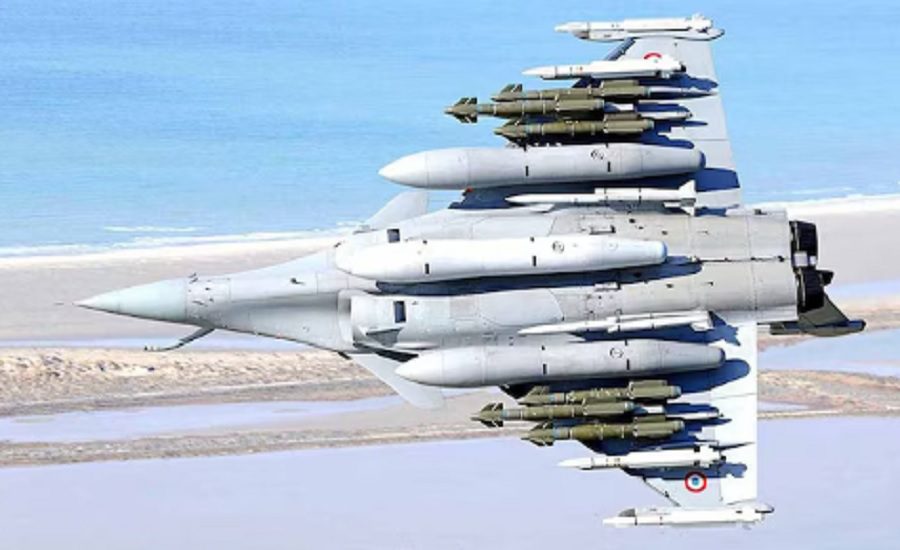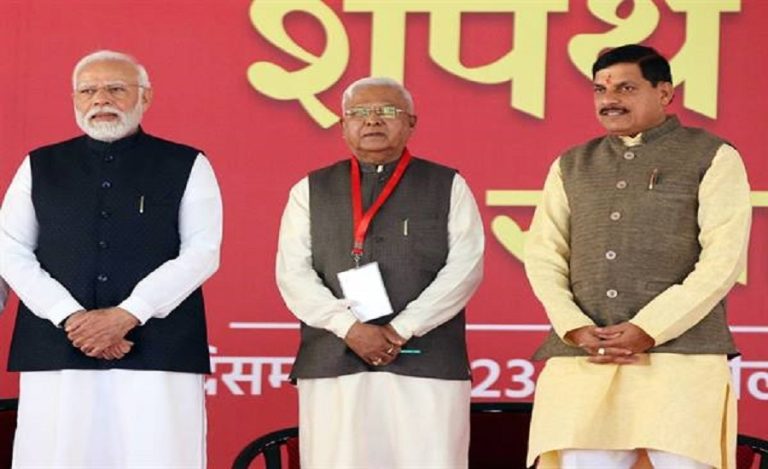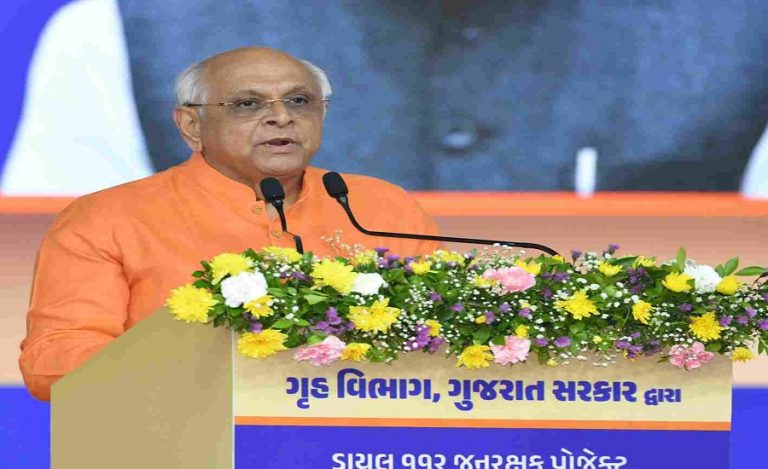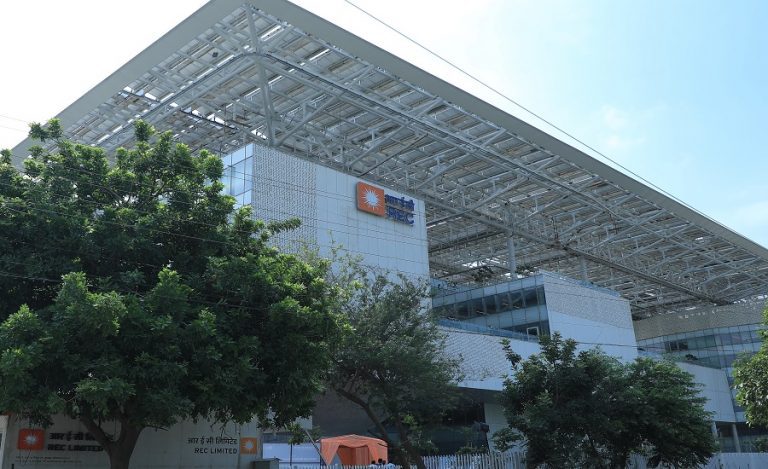New Delhi: The Indian Air Force (IAF) is set to significantly enhance its air combat capabilities with the acquisition of the Meteor Air-to-Air Missile, dubbed the ‘Flying Lion’ by defense experts. The missile, known for its ability to neutralize enemy aircraft up to 200 kilometers away, will be integrated with India’s Rafale fighter jets, forming a formidable air combat combination.
Meteor Missile: What Makes It Deadly?
Developed by the European defense company MBDA, the Meteor missile is already in service with the air forces of France, the UK, and Germany. India’s deal, valued at approximately ₹1,500 crore, is reportedly in its final approval stages.
Read also: AI-Powered Precision: Tejas MK-2 to Feature India’s First Triple-Computer Architecture
Key Features:
- 200 km Strike Range: The missile can engage enemy aircraft, drones, or missiles from a distance, often before the adversary is even aware.
- Ramjet Engine Technology: Its advanced ramjet engine allows sustained supersonic speeds of up to 5,000 km/h.
- Smart Target Lock: Equipped with an active radar seeker, Meteor locks onto targets and tracks them until neutralization.
- No-Escape Zone: The missile’s large no-escape zone ensures targets cannot evade it, regardless of speed.
- Networked Warfare Capability: Meteor can receive real-time targeting data from other fighter jets or ground control, enabling coordinated air strikes.
Rafale + Meteor: A Deadly Combo
Rafale fighter jets, already among the world’s most advanced, will be significantly enhanced with Meteor. The jets’ radar can detect enemy targets up to 400 km away, allowing Meteor to strike from 200 km, well before the adversary detects the IAF aircraft.
An Air Force official remarked, “Meteor will be a game changer for us. It will make our air borders 100% secure from any enemy.”
Strategic Implications for Pakistan and China
The addition of Meteor is expected to alter regional air power dynamics. While the Pakistan Air Force relies on Chinese PL-15 missiles, experts say these lack the accuracy of Meteor. During Operation Sindoor, Pakistan’s attempts to strike Indian targets with PL-15 missiles failed. Meteor’s induction will make any air incursion by Pakistan or China highly risky.
India’s Indigenous Astra Mark 2 Missile
India is not relying solely on foreign imports. The DRDO-developed Astra Mark 2, a domestic Beyond Visual Range (BVR) missile, is set to complement Meteor. Plans indicate the IAF will acquire approximately 700 Astra Mark 2 missiles, ensuring a robust mix of indigenous and imported air combat capabilities.
Changing the Calculus of Air Warfare
Missiles like Meteor revolutionize air defense and offensive operations. Enemy aircraft, drones, or radar systems across borders can be neutralized without close-range dogfights. With Meteor and Astra Mark 2, India’s air power is set to dominate the skies, making border airspaces virtually impregnable.
Read also: HAL CATS Warrior Manned-Unmanned Teaming Revolution: 2027 Flight to Transform Indian Air Power



























